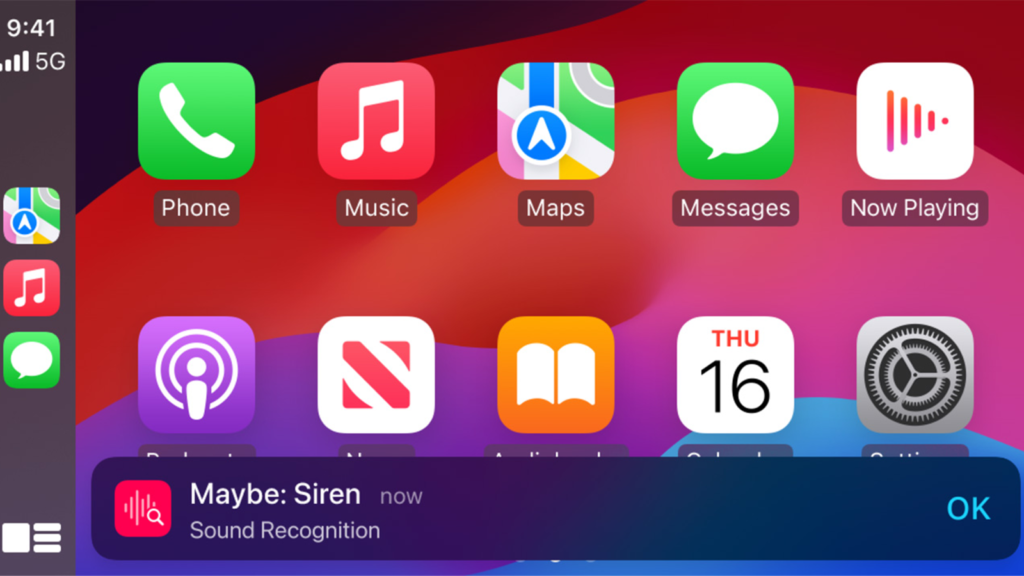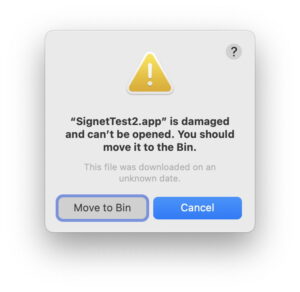Apple’s best software system is spinning its wheels

There was a brief shining moment where it seemed like Apple might really have cracked the automotive industry–it wasn’t necessarily for the reasons you might think. Yes, the company tried hard for years to build its own car in a variety of ways, everything from designing the underlying automotive systems to building the whole thing from the ground up.
But it wasn’t Apple’s own ambitious car project (now by all accounts dead and buried) that saw it make inroads into the automobile sector. It was the relatively more modest addition of CarPlay.
Now, the question of where CarPlay is heading has become increasingly murky in the wake of Apple’s car project’s demise. The company announced a next-generation push that can use all of a car’s displays, with an interface tailored to each specific maker, but it’s been slow to garner adoption amongst its partners.
As CarPlay embarks upon its second decade, what might its future hold? Well, before pushing forward, it always helps to know where you’ve been.
In the rear view
Apple launched CarPlay in 2014 as the successor to its iPod Out feature, which was built into BMWs and Minis to let users easily connect their digital media player to their car via a 30-pin dock connector. At the time, the idea of CarPlay was novel: let the smartphone you carried with you handle the car interface instead of having to deal with the annoyances of Bluetooth pairing and often sub-par car interfaces.
By and large, it was a success. Support for CarPlay proliferated throughout the industry throughout the following decade, becoming a significant aspect of some consumers’ buying decisions. It became so prevalent that it almost became more notable when companies decided not to implement support. (I myself installed a new stereo unit in my 2012 car to get CarPlay, a decision which, despite some occasional glitches, I have never regretted.)
But even against this backdrop, CarPlay increasingly found itself squeezed by a variety of factors: automobile manufacturers who didn’t want to cede control to an outside force, internal Apple forces focusing on the nascent car project, and increased competition from Google, which not only debuted its own Android Auto feature a year after CarPlay, but also made a play for even deeper integration via Android Automotive a few years later. The future of the feature was far from assured.
En route
Let’s be clear: CarPlay is far from dead. It continues to get new features with every major update to iOS. This year, it gains a few new additions, including a handful of design tweaks, the sound recognition feature for horns, and new accessibility options, including color filters. All features which are nice to have, even if none rise to the level of significant changes.
iPod Out was the precursor to CarPlay. It was available in BMW and Mini Cooper cars.
BMW Group
Of course, all of this is happening simultaneously with Apple’s big push on the next generation of CarPlay. Apple first showed off this direction at WWDC 2022, and two years later, it still has yet to formally launch and seems to be a direction that has left most auto manufacturers reticent. (To date, implementations have only been shown off by car makers: Aston Martin and Porsche, both of which, it can perhaps most diplomatically be said, belong to a more…rarified level of car buyer. And in neither case has the integration shipped yet.)
That said, CarPlay remains extremely popular and a significant buying factor for many looking to purchase a new automobile: up to 35 percent of new car buyers, according to a recent survey. That number, though, is lower than previously touted, no doubt in part because many car manufacturers—especially in the EV market—have improved their own first-party offerings.
Down the road
So where does this leave CarPlay? It’s ended up in a holding pattern: It’s good enough for most of what it does, but with the potential of next-generation CarPlay waiting in the wings, it’s understandable that the current version isn’t really being pushed forward.
But at the same time, next-generation CarPlay has found itself stymied by car makers unwilling to give up the level of control that Apple wants. And Apple isn’t necessarily helping: the company has long had a reputation of thinking that it knows best when it comes to technology and interfaces–which may be true but doesn’t exactly endear it to potential partners.
Next-gen CarPlay will take Apple’s auto integration to new heights, but it hasn’t launched in any cars yet.
Apple
Android Automotive also presents a big challenge to Apple. While the Cupertino-based company was spinning its wheels on its car project, Google created a low-level car operating system that was customizable by its partners without imposing its own design dogma–the same thing that has led Android to its success in the smartphone industry. Lots of manufacturers, including some prominent Apple partners like BMW and Porsche, have announced plans to release cars with OSes based on Android Automotive.
In the end, next-generation CarPlay could prove to be too little too late for Apple. It may be both too far-reaching and not customizable enough for automakers. Apple’s inclination to control the widget, software, and hardware, may here be its undoing.
But there are other factors at play, including within Apple–for example, money. CarPlay does not seem to be a revenue generator for the company; rather, it’s a pure ecosystem play designed to retain iPhone users. Meanwhile, prominent automakers like Rivian and Tesla, who have eschewed CarPlay support, have welcomed the addition of Apple Music to their platforms, a move that could, in turn, drive new subscribers, and with them all-important services revenue.
I don’t think all of this necessarily spells the end of CarPlay, but it could easily be a place where Apple is loath to spend a lot of time and money developing the feature without a quantifiable upside. And between that and the end of Apple’s own car ambitions, such a slowdown could end up de facto ceding the car market to Android.



